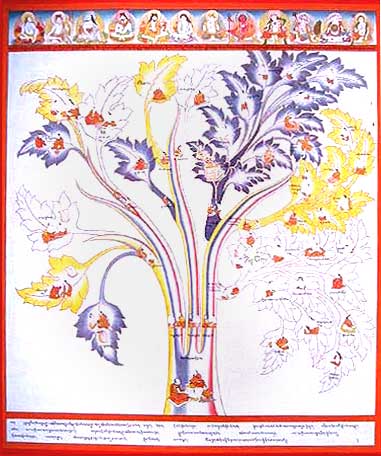Sharon Stidfole-Sorlie,
Ph.D
Social Studies Department Head
Reading, Language Arts and Social Studies
Antioch Upper
Grade School
Link 1
| Quote |
|
The Making of Meaning in Poetry :Quantum Possibilities "Meaning" in poetry changes according to context. For
instance, in my recent study of Marianne Moore and Elizabeth Bishop,
I was intrigued by how current theories of their work were radically
different from that done by some of their contemporaries. Quantum
ideas of "possibilities" and "uncertainty" explain
how a poem's meaning can change according to readers and times.
It explains how an author's biography creates meaning in a work
and how meaning may be as legitimately constructed solely from the
"music, rhetoric, image, emotion, story, and voice" of
a poem. Jane Hirshfield calls these elements "central energies"
in her book, Nine Gates: Entering the Mind of Poetry (1997). Researchers
and writers such as Mihaly Csikszentmihalyi, in Flow (1990) and
Creativity (1996), and Douglas R. Hofstader in The Mind's Eye (1981)
elaborate on the subjective experience of the reader, the complexity
of the reading process, and reading's effect on consciousness and
"self". Moreover, chaos and its quantum basis, as explained
by F. David Peat in Synchronicity: The Bridge Between Matter and
Mind (1987) reveal mysteries of the writing process and validates
intuition, inspiration, epiphany, and coincidence as manifestations
of an "objective intelligence" akin to Plato's "forms"
and Jung's "archetypes." |
Medical Diagnosis  |
Outline The Invention of Writing Early Purposes of Writing Writing Systems Writing Styles Writing to Heal Writing to explicate Writing to Argue Writing for self-discovery Journal Writing Creative Writing
|
This site was created by Sharon Stidfole-Sorlie at the NEH Summer Institute "Cultures and Religions of the Himalayan Region," held at the College of the Holy Cross, Summer 2004